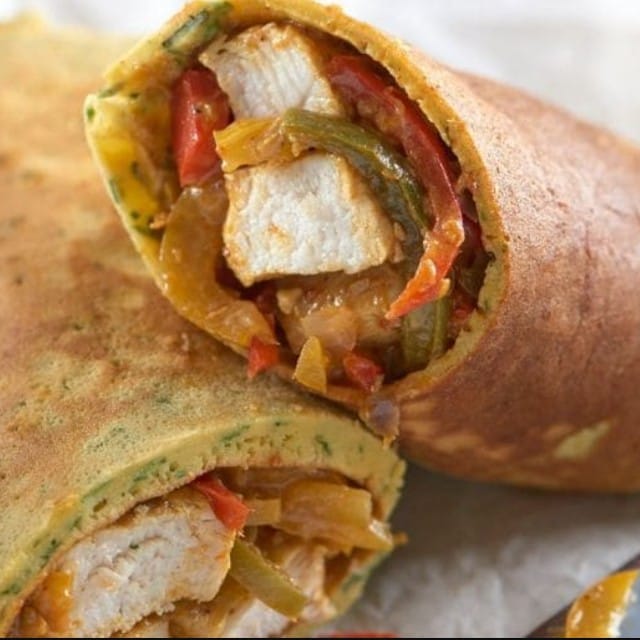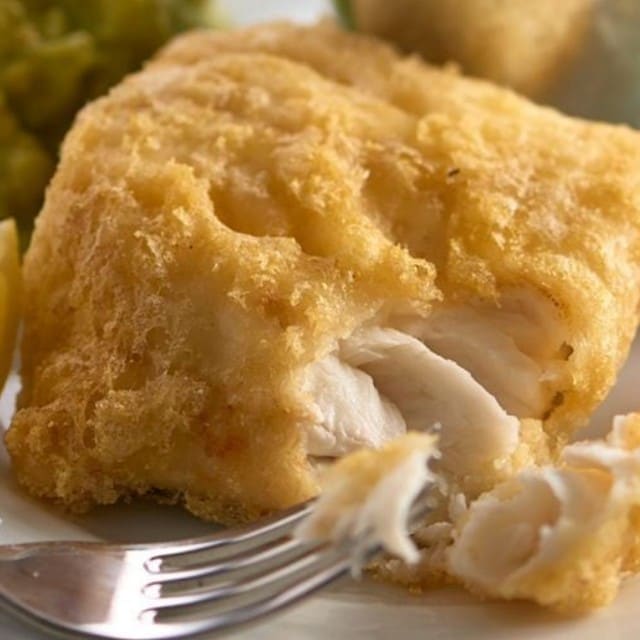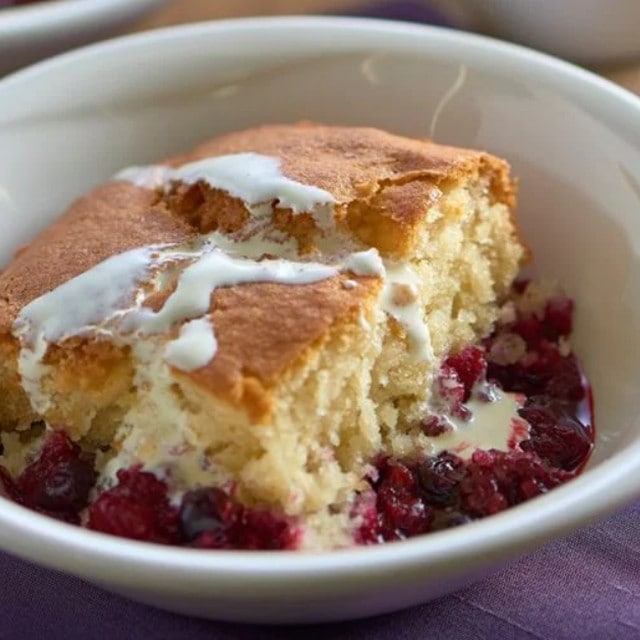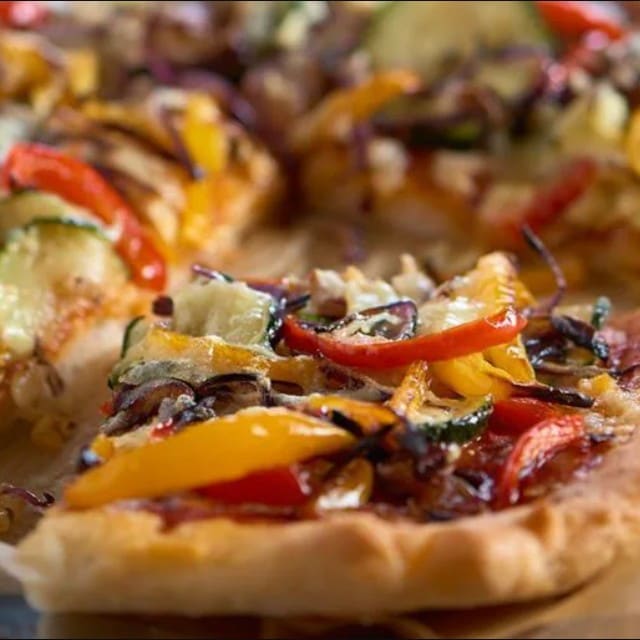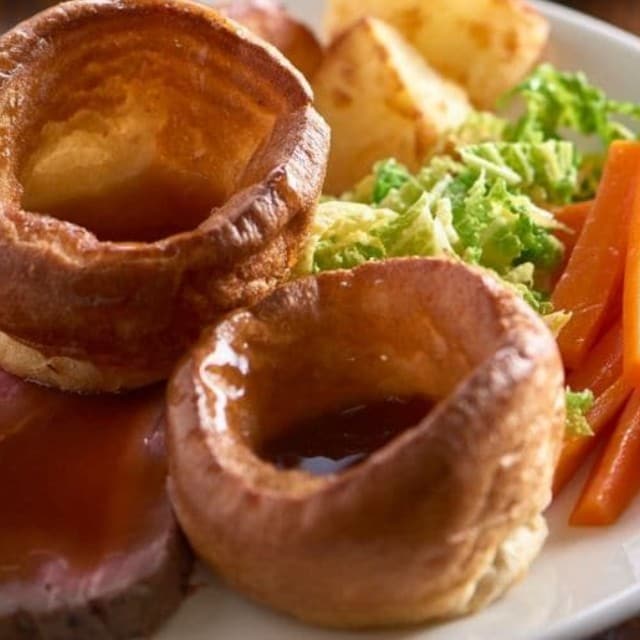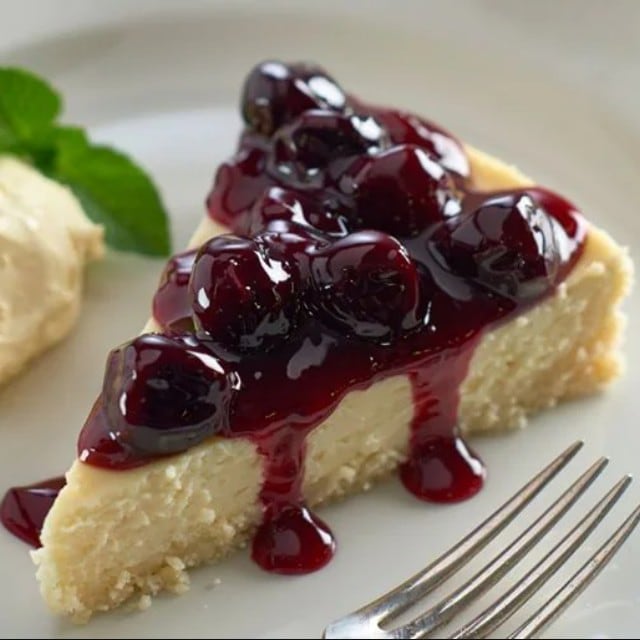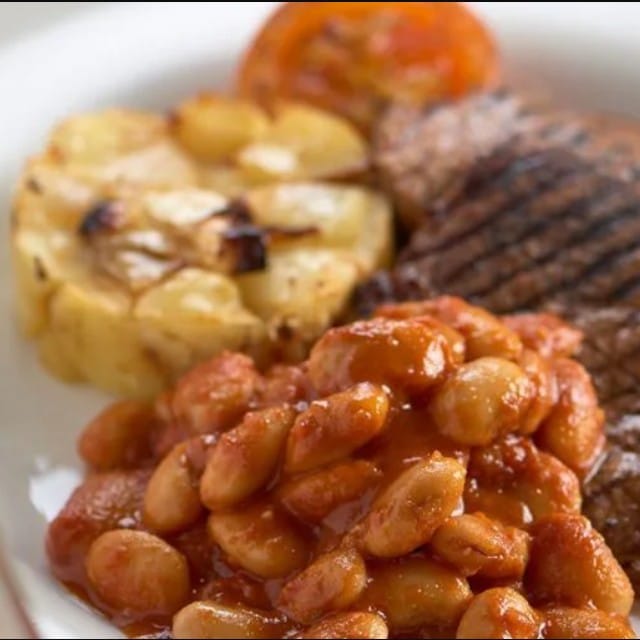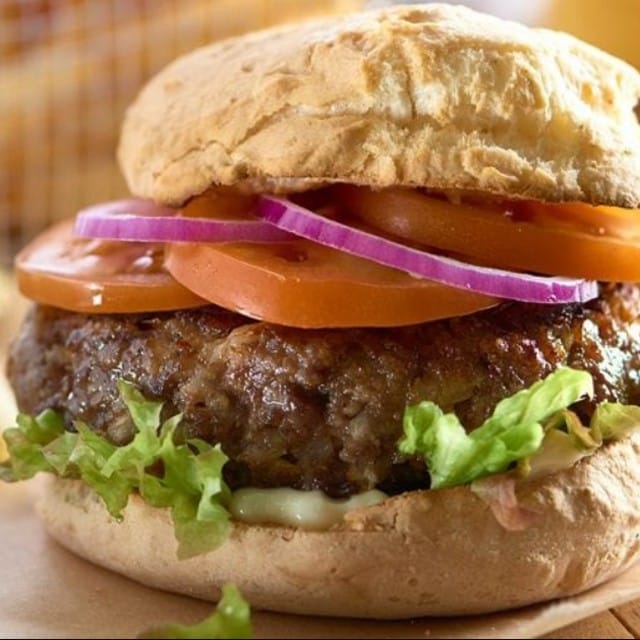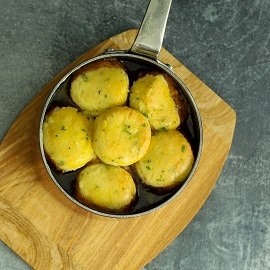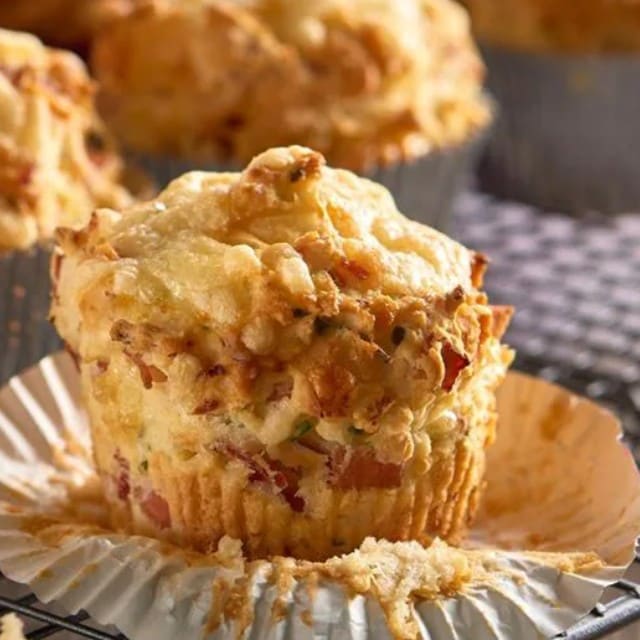There is an ever-growing demand for gluten-free desserts. You can work with ready-made gluten-free baking mixes or flours that are naturally gluten-free. Our chef Alex talks you through gluten-free flours and what to do with them.
Things to keep in mind
- Note that meal and flour are two different things, the first being coarser than flour. Use meal in recipes that benefit from texture, like cookies, crusts, brownies and quick breads. Use the latter if you want a light, airy result.
- Gluten free flours cannot be interchanged with regular flour as they have different characteristics and so always work with a reliable recipe or experiment first. The best result is often achieved by mixing them.
- Baked products with rice flour or buckwheat flour generally become more compact and sticky. The addition of nut flours like almond or hazelnut helps to correct this, especially when making cakes
Rice flour
An all-purpose flour with a mild taste that stays light in colour after baking. For dredging or thickening, baking pie crusts or a light tempura. You can mix it with other flours, such as brown rice, to add more character.
Tapioca flour
Tapioca is made from cassava (not to be mixed up with cassava flour which is a different thing). It is extremely versatile and because it is high in starch, it is ideal for things like mousse, pudding, and jelly, but can also be used for cookies and pancakes (tapioca pancakes are huge in Brazil).
Buckwheat flour
This flour is great for crepes, waffles, cakes and crusts. Whole grain flours like buckwheat have a full flavour and a caramel like colour. This means they give a heavier end result than, for example, you would achieve with rice flour.
Corn meal and corn flour
Coarse corn meal is often referred to as polenta (technically the name of the Italian porridge). It has a granular texture, ideal for a crunch in cookies, a loose polenta cake or pudding. Normal corn meal is finer and can be used for breads. The flour is great for cakes. These are not the same as corn starch, which is the flour without the fats and proteins, a pure starch and so not used for baking but for binding (sauces, puddings etc).
Coconut flour
Coconut flour is absorbent and quite dry, so excellent for making crispy, fragrant crusts. It can be a bit crumbly though! When using in cakes, make sure you’re using more moist ingredients like eggs or butter. As an alternative add pureed or mashed fruit or vegetables to your baked goods to increase the moisture and prevent dryness.
Nut meals and flours
Use the finer almond flour in creamy fillings (like frangipane and almond paste), cakes or tuilles. The neutral tasting meal of peeled almonds is versatile and ideal for crunchy pie crusts. Hazelnut flour is comparable, although it is heartier and nuttier in taste and contains more oil. In cakes these nut flours give a looser texture.
Pulse flours
Chickpea flour (also referred to as garbanzo flour) is used in sweet granola recipes to add protein. Because of the slightly tart taste it is often used for savoury dishes, like socca (a flat chickpea pancake), but also works well in desserts if combined with other flours. As pulses are rich in starch they can deliver a moister result. Use in puddings or moist cakes (combining with other flours) like chocolate lava cakes.

